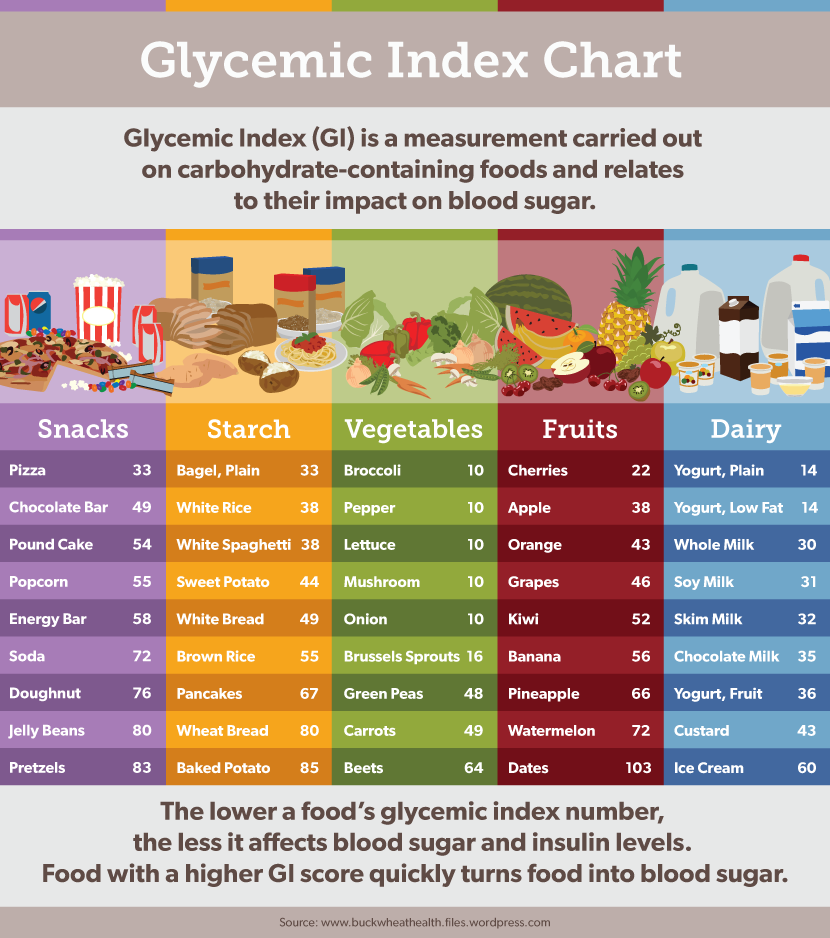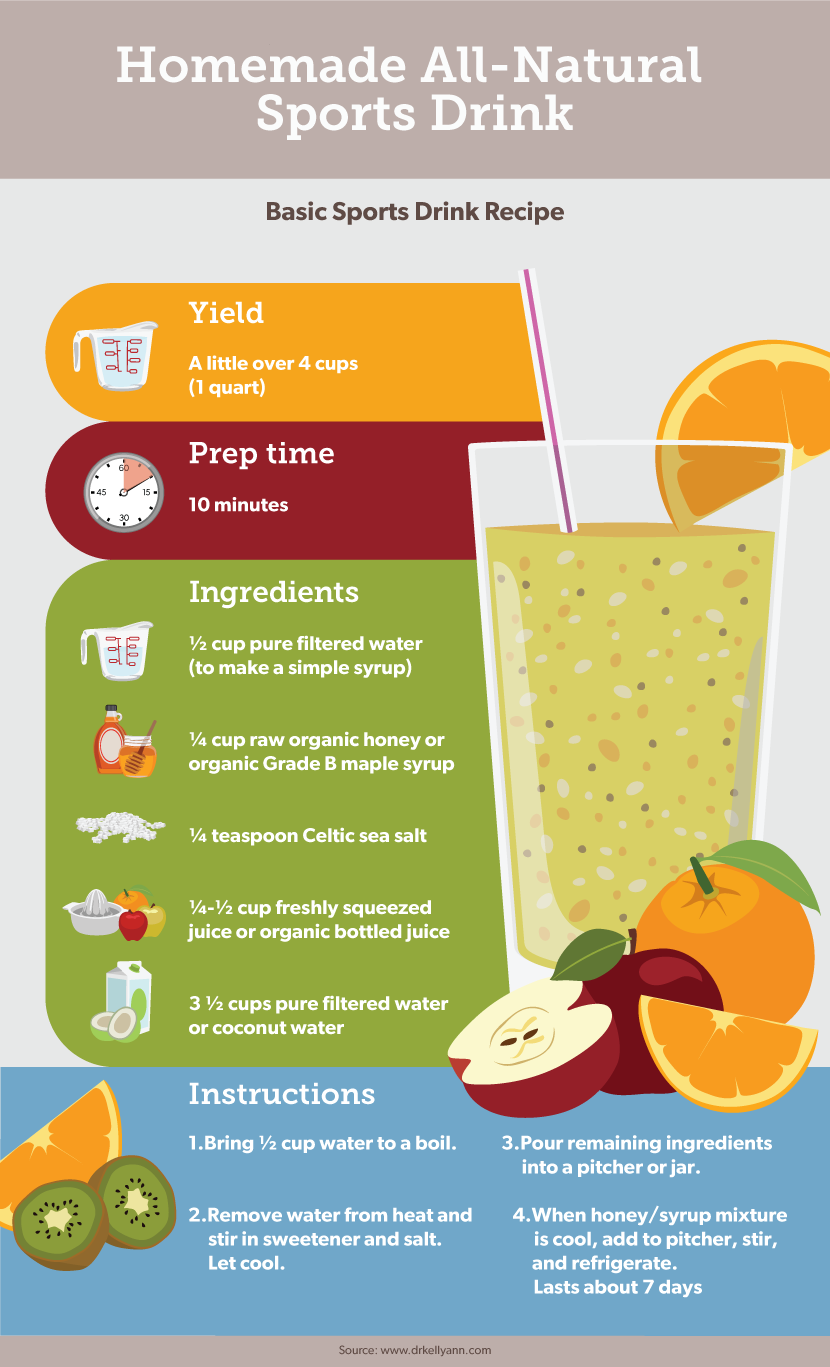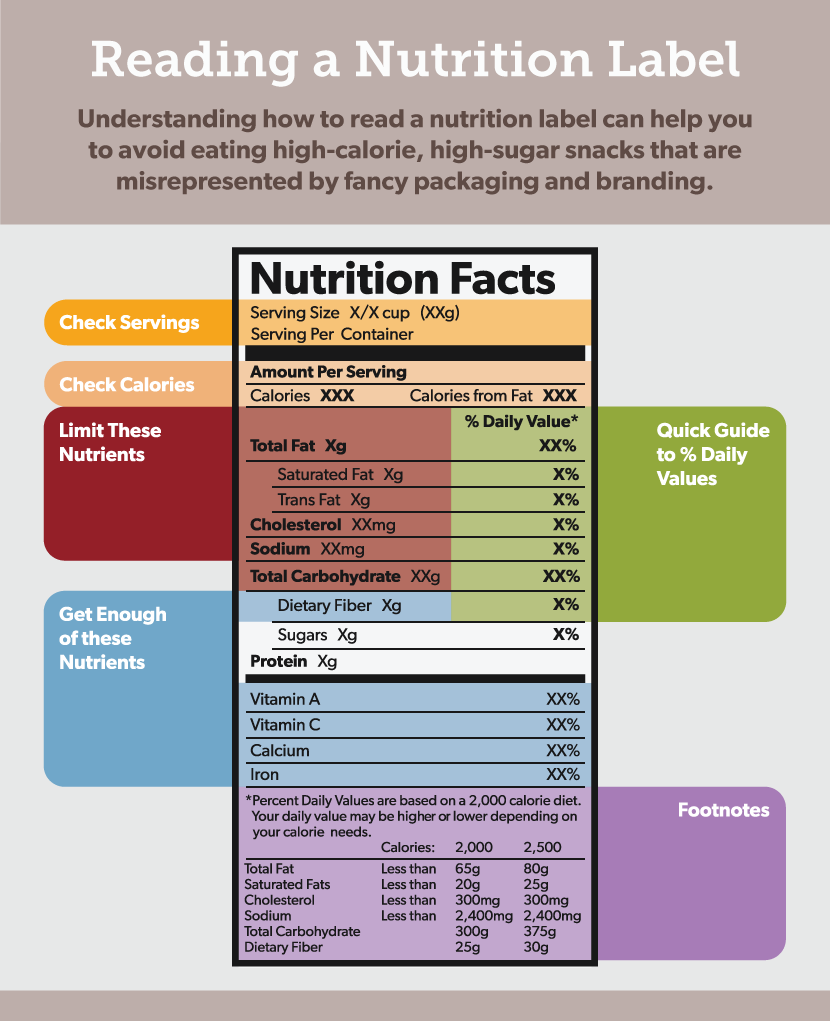Seven "Healthy" Foods That Aren’t Actually THAT Healthy
Misinformation regarding “healthy” food options is viral; spreading to every nook and cranny.
Our kitchens and cupboards are chock-full of treats and snacks that we bought because someone told us they were the “healthier option.”
But how do you know? Our knowledge as consumers is largely gleaned from advertising that is driven by the product manufacturers and parties with vested interests.
I often have clients telling me they “are super-healthy eaters” and upon analysis of their food journals I see they have been duped like so many others.
Here are some food options that are commonly considered “healthy” that you need to rethink.
Cereals
I can remember sitting in front of cartoons every Saturday with a big bowl of yummy cereal drenched in Fruit-Loop colored milk. (It was the seventies, there were no seatbelts in the backs of cars, either.) We now understand that sugary cereals are not the most prudent health choice. But what about other cereals? Cereals like granola, Grape Nuts, and puffed wheat surely must be acceptable. Sadly, no. The truth is most cereals have a very high glycemic index and according to Harvard Health Publications these cereals are likely going impact your blood sugar negatively. A glycemic index indicates how quickly insulin is going to hit your bloodstream in response to food. If insulin is continuously bombarding into your blood you may set yourself up for a host of health problems, not the least of which is Diabetes. For reference, Coco Pops, obviously a no-no, have a Glycemic Index of 77. Shocking, but more alarming is that instant oatmeal and puffed wheat are higher, at a Glycemic index of 79, 80 respectively.
The Issue: Glycemic index
The Fix:Eggs anyone? But seriously, if you must have cereal, pick a high fiber-containing product and add a few nuts. Fat and fiber will slow the impact that the cereal has on your insulin response.

Sports Drinks
Sadly, even after all the hype about high-fructose corn syrup and chemicals, traditionally available sports drinks have not significantly cleaned up their act.
Many are still filled with questionable chemicals and, if not HFCS, artificial sweeteners like sucralose are hidden down the ingredients list.
The Issue: Artificial flavors, food coloring, sugar, and sugar alternatives.
The Fix: Make your own! Here are three recipes
for homemade “sports drinks” from well-known naturopath Kelly Ann Petrucci.

Dried Fruit
I mentioned above that bananas have a high glycemic index, which is very detrimental to our gut and pancreatic health, to say nothing of the effect on our waistline.
Unfortunately, dried fruit also carries a high glycemic impact. But there are even bigger issues. Dried fruits, if they are not organic, carry a hefty concentration of pesticides and chemicals.
We tend to eat more when fruit is dried versus hydrated because they are so little and cute!
Unfortunately, that opens up exposure to a hefty amount of chemical spray and pesticide if the fruit was not well sourced.
The Issue: Glycemic hit, concentration of pesticides.
The Fix: Ensure that your dried fruits are certified organic and blend your consumption of dried fruits with good fat to slow the glycemic hit on the bloodstream.
Gluten-Free Products
The gluten-free craze is not going to simmer down any time soon. You now see greater shelf space in national grocery chains dedicated to gluten-free products.
The problem with these gluten-free items is that no one is paying attention to ingredients. What does it take to make products gluten-free but still palatable?
The answer is a lot of sugar, soy by-products, chemicals, and preservatives!
To mimic flavor profiles consistent with your favorite waffle, muffin, or cookie, gluten-free food designers must get creative.
As a result, there are often trade-offs for a less healthy end product.
The Issue: Gluten-free products loaded with sugar and chemicals can be disastrous to digestion, absorption, and uptake of nutrients.
The Fix: Stick to “whole food” snacks and “paleo” products to satisfy your gluten-free needs. Avoid packaged gluten-free products as much as possible.
Protein Bars
My diet comes from primarily a paleo mind-set. So when I saw a protein bar called Caveman in a well-known natural grocery store, I was stoked.
“The ‘Caveman’ labeling must mean it is paleo-friendly,” I thought. One bite and I knew something was wrong.
It had that sugary, chemical taste that so many of these bars have. Upon investigation, there were four different sweeteners and soy on the ingredients list.
File this away: Many “protein bars” are basically brownies in fancy packaging.
The Issue: Questionable ingredients and often a tremendous number of sweeteners to help make the high protein content palatable.
The Fix: Check nutrition labels. “Protein bars” are also easy to make at home!
But if you don’t have time to try out home protein bar recipes, here are some commercially available bar options you can feel good about: Epic, Lara, RxBar.

Trail Mix
Store-bought trail mix often has ingredients that would surprise you, such as high-fructose corn syrup, soy, and preservatives. If you make your own trail mix, that’s wonderful, but consider this:
Unless you are hiking six hours up the side of a mountain, trail mix should be eaten in teeny tiny quantities.
The Issue: Crappy additives in store-bought products, and portion control.
The Fix: Make your own and package it in small bead bags for tiny servings that are much more calorie-friendly.
Muffins
Where is the line between a muffin and a cupcake? It is blurry, my friends. Many muffins are loaded with sugar and calories and contain very little protein,
which, in fact, is more likely what your body is craving when you get the classic “carb” craving.
A single muffin from Costco has close to 700 calories of sugar and fat and very little redeeming nutritional value.
The Issue: Sugar, calories, icky ingredients!
The Fix: On this one, just say no. Opt for protein instead. Carbohydrate cravings often result from a drop in serotonin levels, which are better regulated with proteins and healthy fat.
As regular folk just trying to make good food choices, it is hard to discern what is healthy and not.
Check your sources – if the information is coming from the producer of a product, be wary, and remember, it may not be as complicated as many food programs and advertisers might lead you to believe.
Is it whole food? Good. Is it organic? Better.
Is it ethically sourced and has no or only a few ingredients? Stellar! Then you know you are on the right path.
Armed with the right information, I know that you can make excellent decisions regarding truly healthy nutrition choices.
Embed the article on your site

